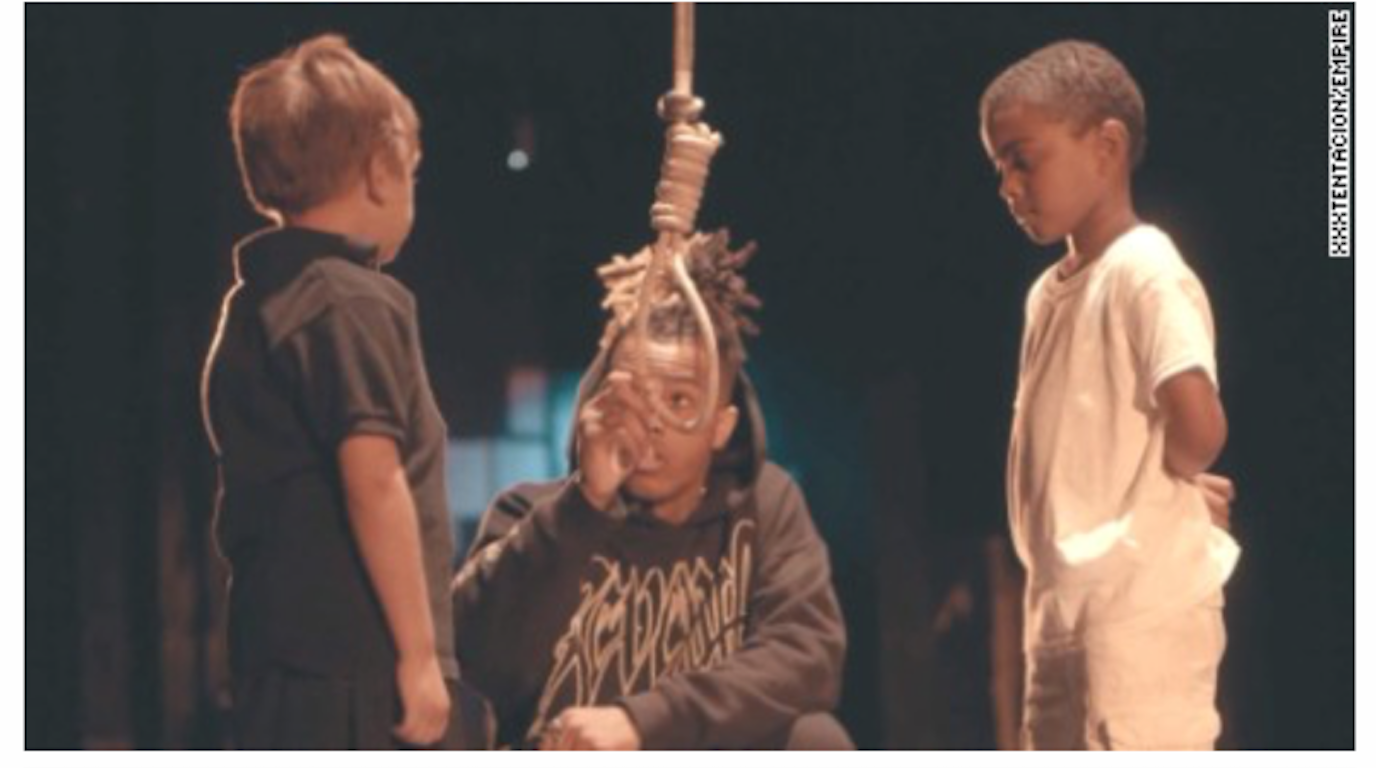
On May 31st, 2014, two twelve-year-old girls named Anissa Weir and Morgan Geyser stabbed their friend Payton Leutner nineteen times after they lured her into the woods near their hometown in Waukesha, Wisconsin. After being apprehended, both girls said their motive was that by killing Leutner, they would become proxies to Slenderman.
Slenderman is no urban legend or old wive’s tale. A fictional character created by Eric Knudsen on the Something Awful forum in 2009, Slenderman is a creepypasta character that has been the source of inspiration for many pieces of media, including several popular video games and artworks. It’s safe to say that like Dracula and Frankenstein, Slenderman has become an iconic character in the horror genre. But that is all he is – a character. There is no truth or fact to his story. But somehow, Anissa Weir and Morgan Geyser believed the opposite.
It’s no surprise that the nature of this crime led to a bigger debate on violence in the media and how it affects children. There have been many studies done on this, especially since the recent development of violent video games. According to a study done by Craig A. Anderson, witnessing violence in the media leads to increased aggression and decreased ability to socialize and connect with other people. This relates back to Albert Bandura’s studies in the 1970s, which showed that children go through social learning by imitating what they see around them. By witnessing violence occurring in the media, children can take that and implement it in their lives, leading to tragedy. Though Peyton survived her attackers, many others can’t say the same.
The internet has changed the way we communicate. Because of it, we can access so much information at the touch of a finger. With laptops, phones, and tablets being passed down to younger and younger generations, the risk of their exposure to more violent content becomes more dire. If we think about it, it’s inevitable that children will be exposed to unpleasant content at some point. But how can we delay this, and if we can, how can we be sure that our actions will match the pace of the internet’s evolution?
Despite all fingers pointing to exposure to violent media, this case also has several other factors that contribute to the attackers’ behavior. Specifically, Morgan Geyser was diagnosed with schizophrenia just after her arrest, a disorder which ran through her family. Both girls were mentally disturbed which also contributed to their actions. This supports psychologist Christopher J. Ferguson’s criticism of studies done on violence in the media, saying that the studies do not account for other risk factors of aggression such as mental health and family life.
In my opinion, we are quick to blame the content we consume for our actions. But I think that art like movies, video games, and creepypastas are a medium for the feelings we keep inside. We would rather ignore internal factors such as familial relations and mental health and turn our blame outward onto media that has the potential to scare and shock us. Though it does influence how we can see the world, it is one factor among many, and we should not single it out as the sole cause of aggression in children. If anything, more inclusive, up-to-date studies should be conducted on this topic so that we can have a better understanding of how to protect children from adopting these patterns of behavior. All in all, it’s best if we try to understand cases like these from all angles instead of blaming one that serves as an easier scapegoat.







I remember hearing about this case when I was younger. After I heard about it I fell into this rabbit hole of knowing everything about slender man. Just as this article mentions I don’t think we should be putting all the blame on the media that we are exposed to. Media is one of those things that we unfortunately can’t control, but one thing we can control are our actions. Although we get some of our influences from shows, movies, video games, etc., that does not make it okay to use media to justify those malicious actions.